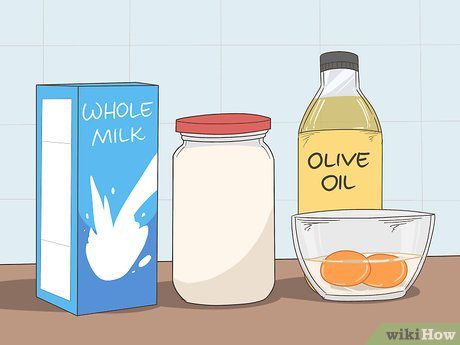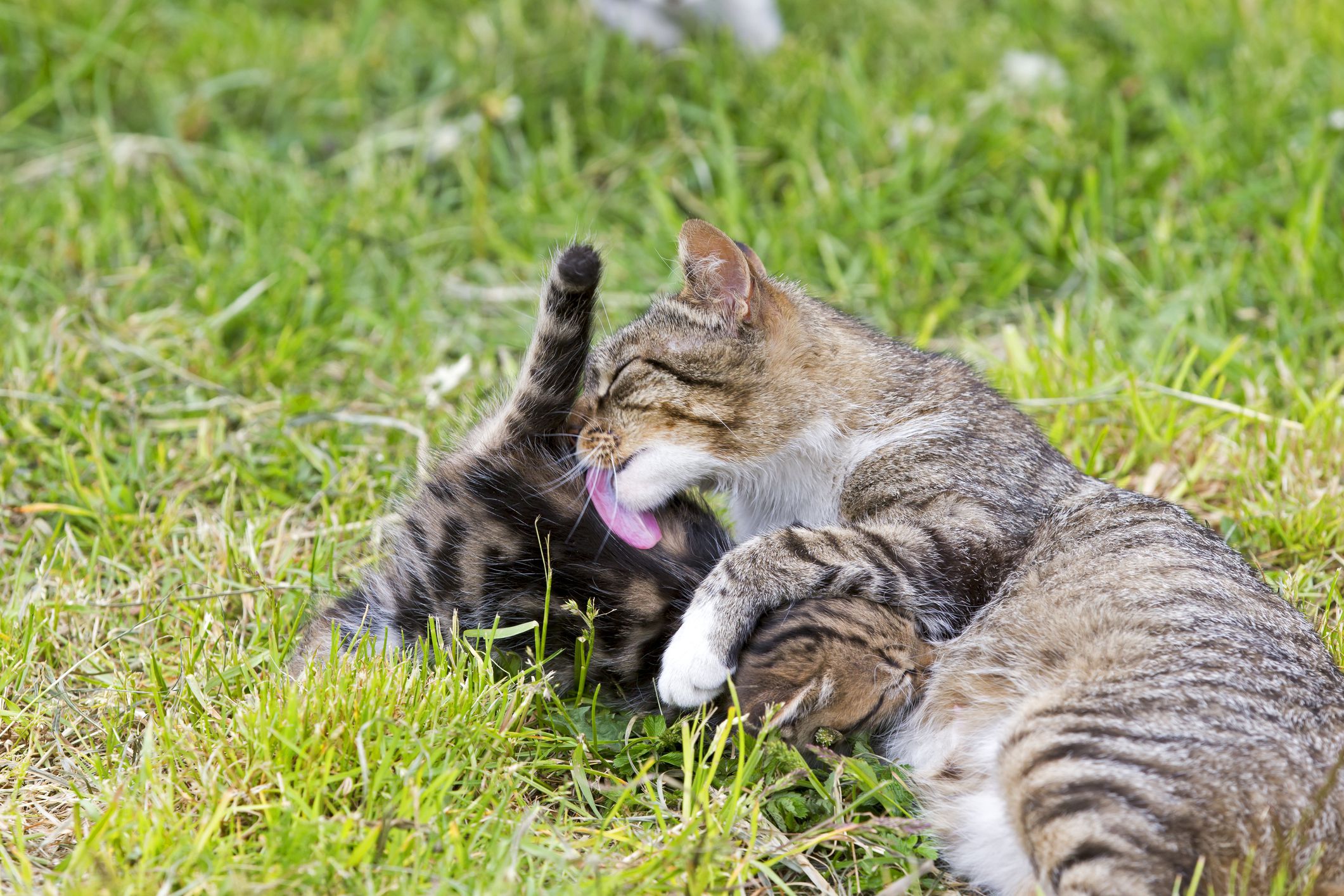Key Takeaways:
- Provide a quiet and comfortable space for the new cat mom and her kittens to bond and feel safe.
- Ensure that the new cat mom has access to nutritious food and fresh water at all times to support her milk production.
- Monitor the health of the new cat mom and her kittens closely, checking for any signs of illness or distress.
- Create a schedule for feeding, cleaning, and socializing with the new cat mom and her kittens to establish a routine and promote their well-being.
- Gradually introduce the kittens to solid food once they are around four weeks old, while still allowing them to nurse from their mother.
Are you ready to embark on an incredible journey of love, care, and adorable little paws? If so, then you've come to the right place! In this guide, we will explore the wonderful world of caring for a new cat mom and her tiny kittens. Whether you're a first-time cat owner or an experienced feline enthusiast, understanding the ins and outs of this topic is essential for creating a nurturing environment that will ensure the health and happiness of both mama cat and her precious babies. So, get ready to discover the secrets of providing tender love and care to these furry bundles of joy. Let's dive in!
Important Considerations for Caring for a New Cat Mom and Her Tiny Kittens
Providing a Calm and Quiet Space
When caring for a new cat mom and her tiny kittens, it is important to provide them with a calm and quiet space. This will help the mother cat feel safe and secure, allowing her to properly care for her kittens. Find a room in your home where the cat mom can have some privacy, away from loud noises or other pets. Set up a cozy bed for her to relax in and ensure there are no hazards or small spaces where the kittens could get stuck.
Monitoring the Health of the Cat Mom
It is crucial to monitor the health of the cat mom during this time. Keep an eye on her eating habits, water intake, and litter box usage. If you notice any changes in behavior or signs of illness such as vomiting or diarrhea, contact a veterinarian right away. Regularly check her mammary glands for signs of infection or discomfort.
Creating a Safe and Comfortable Environment for the Cat Mom and Her Kittens
Providing Soft Bedding and Warmth
To create a safe and comfortable environment for the cat mom and her kittens, provide soft bedding such as blankets or towels in their designated area. This will give them a cozy place to rest and sleep. Additionally, make sure the room is kept at a warm temperature since newborn kittens cannot regulate their body temperature well.
Maintaining Cleanliness in Their Living Space
Cleanliness is essential when caring for a cat mom and her kittens. Regularly clean their living space by removing soiled bedding, cleaning litter boxes, and wiping down surfaces with pet-safe disinfectants. This will help prevent the spread of bacteria and keep the environment hygienic for the cat mom and her kittens.
Feeding a Nursing Cat Mom: Type of Food and Feeding Schedule
Providing High-Quality Kitten Food
When feeding a nursing cat mom, it is important to provide her with high-quality kitten food. This type of food is specially formulated to meet the nutritional needs of nursing cats. Look for brands that contain essential nutrients such as protein, fat, vitamins, and minerals. Consult with a veterinarian for recommendations on specific brands or formulas that would be best for your cat mom.
Establishing a Feeding Schedule
To ensure the cat mom receives enough nourishment to support her milk production, establish a regular feeding schedule. Offer her small meals throughout the day rather than one large meal. This will help prevent overeating and digestive issues. Keep fresh water available at all times to keep her hydrated.
The Importance of Separate Litter Boxes for the Cat Mom and Her Kittens
Providing Multiple Litter Boxes
Having separate litter boxes for the cat mom and her kittens is crucial for their hygiene and comfort. Provide multiple litter boxes in their living space so they can easily access them without any competition or stress. The mother cat should have a larger litter box with low sides, while smaller shallow litter boxes can be provided for the kittens once they start using it.
Maintaining Cleanliness in Litter Boxes
Cleanliness is vital when it comes to litter boxes. Scoop out waste from both the mother's litter box and the kittens' litter boxes daily to keep them clean. Replace the litter as needed to maintain freshness. Regular cleaning will encourage good litter box habits in the kittens and prevent any odor buildup in their living space.
Feeding Schedule and Suitable Food for the Growing Kittens
Establishing a Consistent Feeding Schedule
As the kittens grow, it is important to establish a consistent feeding schedule. This will help regulate their appetite and promote healthy growth. Offer them small meals several times a day, gradually decreasing the frequency as they get older. By providing regular meals, you can ensure they are receiving proper nutrition and avoid overfeeding.
Choosing Nutritious Kitten Food
Selecting suitable kitten food is crucial for the growing kittens' health. Look for high-quality kitten food that is specifically formulated to meet their nutritional needs. It should contain essential nutrients such as protein, fat, vitamins, and minerals necessary for their development. Consult with a veterinarian to determine the appropriate type and amount of food based on the kittens' age and weight.
Socializing Kittens: Steps to Help Them Become Friendly and Well-Behaved Cats
Handling Kittens Gently
To help kittens become friendly and well-behaved cats, it is important to handle them gently from an early age. Use slow movements when picking them up or petting them to avoid scaring or startling them. Gradually increase interaction time as they become more comfortable with human touch.
Providing Enrichment Activities
Engaging kittens in enrichment activities can help socialize them and keep them mentally stimulated. Provide toys that encourage playfulness, such as interactive puzzle toys or feather wands. Spend time playing with them daily to build trust and strengthen the bond between you and the kittens.
Introducing Solid Food to the Kittens' Diet: Timing and Safety Measures
Introducing Solid Food at the Right Time
Introducing solid food to the kittens' diet should be done at the appropriate time. Typically, this occurs around four to six weeks of age when they start showing an interest in their mother's food. Offer them small amounts of wet kitten food mixed with formula or water to make it easier for them to eat and digest.
Ensuring Safety During Feeding
When introducing solid food, ensure safety during feeding by using shallow dishes that are easy for the kittens to access. Monitor their eating habits to prevent choking or overeating. Clean the dishes thoroughly after each meal to maintain hygiene. Gradually increase the amount of solid food while decreasing formula or water until they are fully weaned.
In conclusion, caring for a new cat mom and her tiny kittens requires providing a safe and comfortable environment, regular feeding and grooming, and seeking veterinary care when needed. By giving them love and attention, we can ensure their well-being and help them grow into happy and healthy cats.
How often do you check on mom and kittens?
It is important to keep the kittens warm and ensure they are nursing regularly. You should check on them every few hours to make sure they are warm and getting enough food. It is also important to check the mother cat to ensure she is producing enough milk that appears normal.
Can I leave my cat alone with her newborn kittens?
If the mother cat is still present, she is capable of meeting most of the needs of the kittens on her own. To assist her, you can provide food for her and avoid disturbing the kittens during their initial week of life.
What is the best bedding for newborn kittens?
For bedding, you can put clean and warm bedding material in a container or box with low sides that will create a comfortable and secure nest for the mother cat and her kittens. Towels and small blankets are suitable options for bedding.
Will a mother cat reject her kittens if you touch them?
A mother cat will not abandon or reject kittens that have been handled by humans. To test if the mother is comfortable with human contact, you can sprinkle flour around the nest and leave the area for a period of time. When you return, check for paw prints in the flour.
Where should I put my cat and her newborn kittens?
It is important to create a private and clean space for the kittens. Keep other animals in the house away from them and ensure that the area is warm, as kittens are sensitive to cold. If you place the mother and her kittens in a spare bedroom, she may move them around the room frequently.
Should I touch my cats newborn kittens?
It is advisable to wear gloves when handling kittens under two weeks old. If the kittens are with their mother, it is best to avoid touching them as the mother is very protective. Kittens at this age are susceptible to infection and disease, and it is important not to pick them up too early as it could cause harm.
















